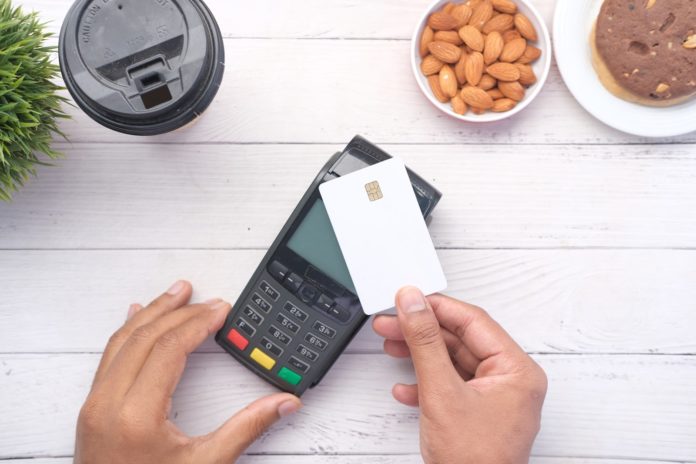PayPal (an e-wallet) has become a household name in the financial space. But, even though it is so widespread, it still doesn’t count as the standard payment method. In this article, we take a closer look at what e-wallets are, list the best ones, and why they represent the future of payment transactions.
What is an E-Wallet?
E-Wallets, also known as electronic or digital wallets, are applications designed to enable financial transactions using mobile devices. However, you can come across terms like e-wallet and mobile wallet. While they come with similar capabilities, mobile wallets are exclusively designed for mobile phones, and e-wallets are available on various devices, such as your laptop, tablet, and desktop computer.
Digital transactions have not become a standard yet, but they are close due to their efficiency, security, and convenience.
Some industries have already embraced digital wallets, as they know how critical it is to stay on top of innovations. For instance, some of the best online casino sites offer e-wallets as the payment method making it easier for players to deposit and withdraw money.
In addition, as more and more people use cryptocurrencies, some e-wallets, such as Google Pay and Apple Pay, allow you to add the card you use to pay with a cryptocurrency; Bitpay offers these.
The most commonly used e-wallets today:
- Apple Pay
- Google Pay
- PayPal
- Cash App
- Dwolla
- Samsung Wallet
- Venmo
How Does an E-Wallet Work?
Digital wallets are the substitute for your physical wallet. So once you decide to use an online payment management platform or app, you can stop carrying your credit and debit cards around, as every purchase can now be completed with a digital wallet. Also, you can use it for online purchases, transfers, and sending money.
An electronic wallet contains all your credit and debit card information; you can link it to your bank account. Everything is entirely secure, so you don’t have to worry about the payment information stored in the app.
Finally, to ensure a successful and secure data transmission from your phone to a terminal designed to read the payment data, be it in the store, gas station, or restaurant, an e-wallet needs access to your phone’s wireless features such as wi-fi and Bluetooth.
Steps to Becoming an Owner of a Digital Wallet
Creating an e-wallet takes very little time, as it only requires three steps.
- You’ll need a tap-and-pay option on your device, so check if your phone’s operating system supports it.
- See if your phone already offers a payment app; if not, choose one.
- Once you enter the app, follow the instructions concerning payment information. You’ll probably be asked to select one card as your default payment option.
Benefits of Using Electronic Wallets
”Omnia mea mecum porto” is a latin saying that means ”All that is mine I carry with me.” In other words, your most valuable assets are your knowledge, skills, and experiences. But if we were to expand it to this age we live in, we could say that everything we need is in our smartphones, including e-wallets. Convenience is the first benefit we could ascribe to these apps, but there’s more.
Data Protection
In the past couple of years, user data in the online space has become a burning topic, resulting in the enforcement of a couple of laws, such as GDPR, in the EU. So it’s clear why people have concerns regarding the safety of the digital tools they consider using.
But, when it comes to e-wallets, they have shown to be one of the safest solutions as they are based on encryption software which makes it almost impossible for hackers to access your information.
Another critical thing regarding e-wallets and the security they provide is that these apps don’t use your credit card number for payments. Instead, they only use a token valid during a given transaction in that store. So if a company you did any financial transaction with gets hacked, your payment information will not be visible.
If We Were to Choose a Word to Describe E-Wallets, It Would Be Efficiency
You have probably been in a situation when you are at a cashier, the line behind is long, people are nervous, and so are we because you can’t find your card. Another common scenario involves online shopping and the tedious part of entering your payment information. Well, you can leave all that in the past, as with e-wallets, it’s all tap-and-pay in physical stores and completely automated in an online environment.
It’s Free of Charge
Setting up an e-wallet costs nothing; just a few minutes to download the app, install it and enter your relevant information. Also, most, if not all (depending on the operator) transactions are free.
It’s yet to be seen what the future holds for digital banking, but one thing is for sure, e-wallets are here to stay, and we better make the most out of them.




